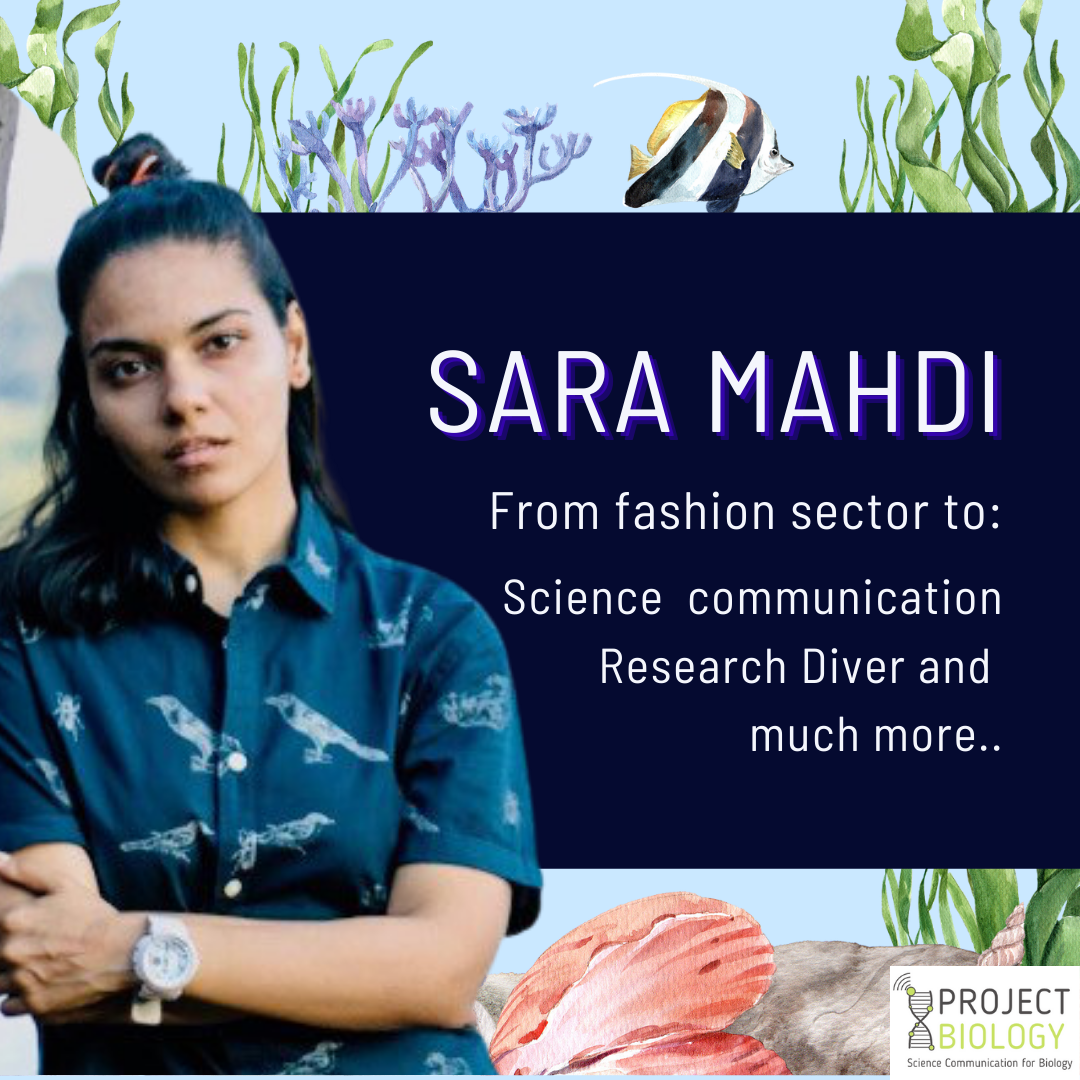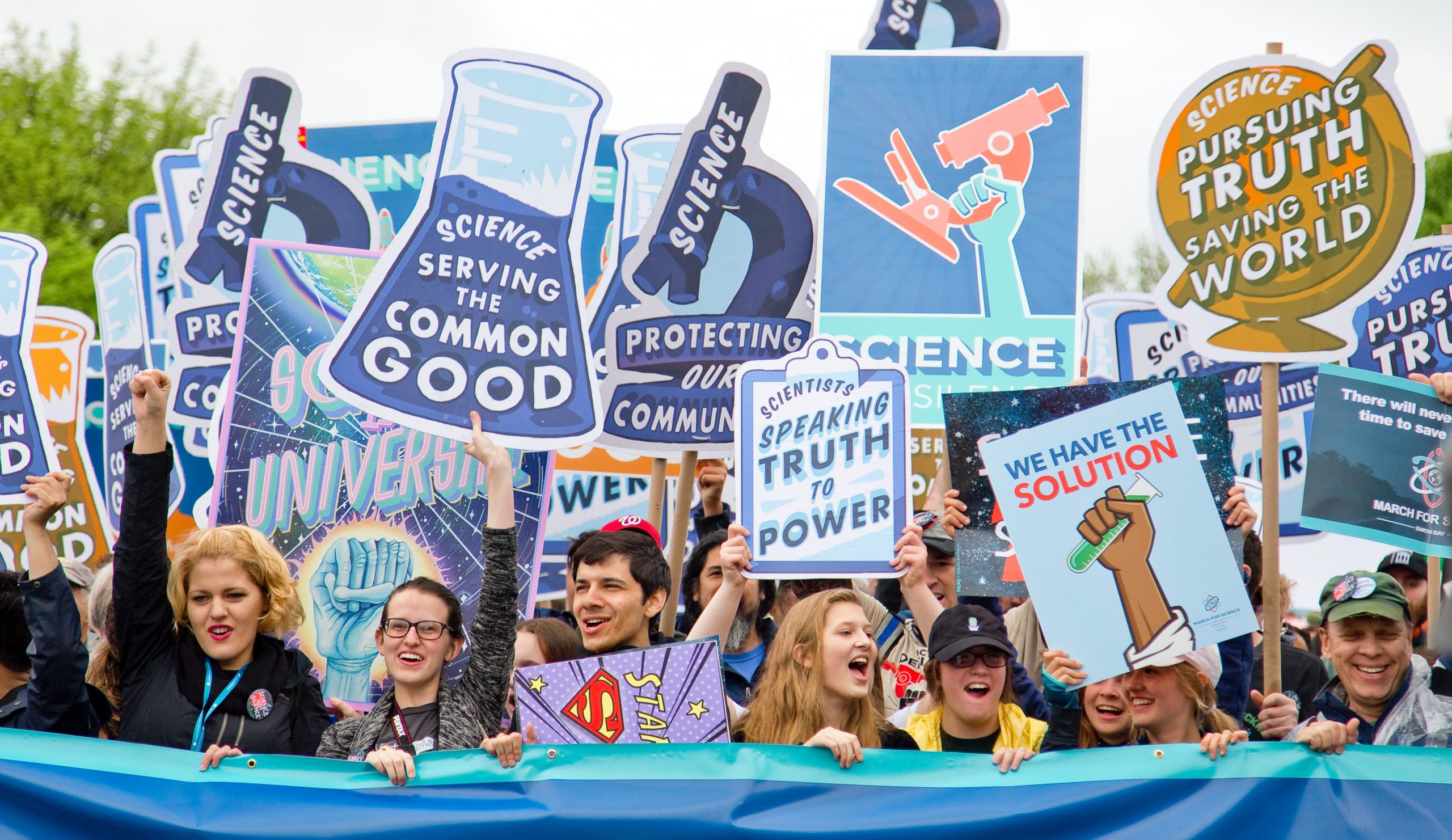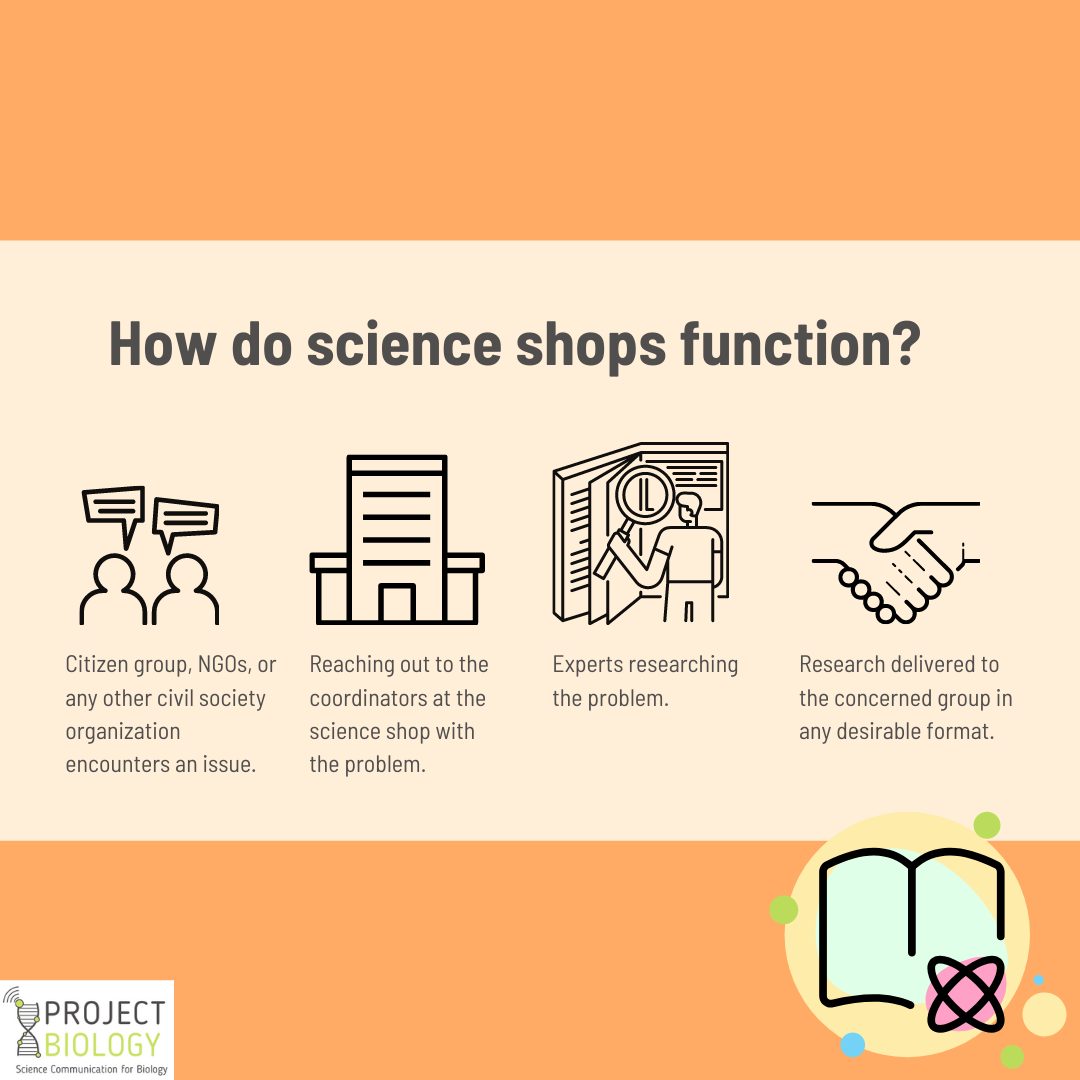Sarah Mahdi makes a perfect example that all you need is passion for science to be a science communicator. Having obtained her masters degree in fashion management she went on to being a creative conservationist who helps environmental causes, conservation organizations and campaigns gain momentum through science communication, research and fresh narratives.
She has worked at Sanctuary Nature Foundation, Sanctuary Asia magazine overseeing social media and strategic communications, and environmental policy inputs, projects’ coordination, conservation fundraising, spearheading coastal exploration campaigns and interacting with people of all kinds to pass on the rationale for environmental protection.
She has spent the last few years training and working as a research diver; exploring the oceans and being actively engaged in interdisciplinary pursuits of education, activism, discussion and communication of the science and rationale behind the conservation of wild nature.
She enjoys designing public awareness campaigns, speaking to people and communities (particularly children), writing, illustrating and looking for creative ways that help us learn about, fall in love with and protect Our Planet. Owing to her colorful experience in science communication we bring you our candid conversation with her.
When did the storyteller in you recognize her love for conservation and nature, a switch from fashion management?
I would credit my fascination for wild nature to the privilege of being brought up by parents who introduced it to me in the simplest but most profound ways, like bedtime stories about how a male seahorse carries its offspring and gives birth or how Jacques Cousteau invented breathing underwater (scuba) for us humans! I didn’t grow up in a very wild city (Indore). Still, the place where I went to school and probably the few parts I liked about it was that it had dynamic foliage each season and was even declared a bird sanctuary with many snakes and langurs sharing the 100+ acre forest-like property with us residential students.
There was also the privilege of a house with books, memorable trips to a national park, and the freedom to run around and chase ducks and chickens and stare at mango trees during visits to my parents’ ancestral towns where it was calm and green. In addition to these privileges, I spent a large part of my life in a swimming pool, practicing to compete at dawn and dusk, and I imagined what it would be like to be a fish!
While a career in marine conservation never occurred to me at that point in my life, I did think it would be cool to be in the water ALL THE TIME. This has directly or indirectly kept me curious. I would say this love is what decided to switch careers the simplest choice. I saw the truth staring me in my face when I saw a documentary called ‘The True Cost’ that laid bare the fashion industry’s dirty secrets. It was a straightforward decision then to readjust my life’s focus.
After the switch, what about the oceans attracted you to diving?
Being a swimmer for the better part of my childhood always had me curious about the sea, its creatures, and our relationship to it. When I learned about the fashion industry’s direct impact on our planet’s oceans, I decided I wanted to see the damage for myself. Once I did see it, I wanted to tell these stories, connect the dots back to fashion, ask more questions about the world and the ‘system,’ and create coalitions.
Of course, my personal reasons apart, is there a better reason to dive other than the fact that this beautiful blue liquid covers 70% and our bodies, and each one of us should immerse ourselves in it literally and figuratively? Seeing wild beings, big and small underwater is a privilege that I find almost spiritual. What’s not to love? Your diving experience introduced you to a world beyond the eyes of people.
How can we tell better stories about the marine world that bring people closer to it? Especially when people are not connected with the issue, and you need to form a connection.
The thing about the ocean is that you are connected to the oceans no matter where you live. Your life IS because of them. Apart from providing nutrition for most, there is plenty to depend on them for, even if you’re not a seafood eater. The oceans regulate climate on all of Earth and recycle nutrients. We can get people to care about them to demystify every aspect of the oceans and the creatures that call them home. You can’t protect what you can’t love, and you can’t love what you don’t know. Besides the marine world, you specialized in wildlife conservation.
Do people connect with wilderness differently as per the connection or overlap between their life stories or culture and nature?
Around the world, people connect to the wilderness – and these connections may differ culturally or in style, and the expressions of said connections manifest in varies ways, but almost always there is this noticeable acceptance of the fact many of us often forget – that we aren’t separate from nature – we’re a part of it. Most indigenous cultures around India and the world teach humans to revere nature, leave it undisturbed, and revel in its bounty. In contrast, others regard certain species of animals as sacred ‘mothers’ and swear to protect those lands and seas. It is quite beautiful to learn of these convictions that people very rightly place on our beautiful planet.
During lockdown during you worked with children, both national and international. How did you adapt your communication efforts for the children from different demographics?
I indulge in #SciComm for all ages, but my favorite constituency has to be children. I tailored my sessions for the age group between 7-13, with some very excited 5-year-olds joining in sometimes! I made sure to tailor my content, which revolved around marine habitats and the species that call them home, to be relatable to where the kids hailed from.
For example, for kids from India, I recorded where each of them was from and made sure I introduced them to a mangrove forest, a coral reef species, or a tidepool in their backyard they hadn’t set foot in before. Similarly, for kids from England or elsewhere in Europe, I made sure my topics, exhibits, and stories were broadened.
I also try to keep scientific ‘jargon’ to a minimum – and this applies whether I am speaking to grown-ups or children – which is the whole point of scicomm – to disarm and get people into the fold of nature! I’m also adapting my content to Hinglish and Hindi while angling for a great Hindi scicommer to collaborate with to provide better educational engagements for children studying in Hindi medium setups.
As you said, people wanted their kids to learn more about the workings of nature. Where were these parents coming from? Particular educational level, motivation, or life experience inspired them?
Specifically, in lockdown, the families approaching me were not ones going through a hard time financially. Most came from a similar upper-middle-class – business class background/socioeconomic strata. Many kids also took this time to join the dots between what their parents do for a living and what effect that job/business/industry has on the planet.
So there were many interesting conversations about that opening up. Also, I noticed an almost guilt-like behavior in many of these people – who were probably keeping up with the news about how the pandemic resulted from us abusing nature, and they wanted to somehow ‘fix it’ one way or another. One of those ways was making their kids attend these sessions?!
I’m sure it came from a great place, but without getting too dark, I definitely wanted to convey that we cant create solutions from the same space where we created all the problems!
You also make beautiful illustrations, a creative conservationist, as you are. Where do you draw inspiration for your illustrations?
The way you play with textures, colors as a medium for storytelling. I’ve drawn and painted my whole life and experimented with many mediums except digital. My partner gave me the wonderful gift of a Wacom, and it turned out to be the gift that kept giving. Not only do I never require any tools or materials – I plug and go.
I am teaching myself art platforms and programs to create something that’s calming to the eyes. I draw inspiration from the most bottomless valley of inspiration of all – nature. Sharkskin denticles, tree barks, fungi, lichen are just a few from a sea of textures one can create custom brushes for in Photoshop! For colors, I look at birds and fish with the most amazing outfits.
I still haven’t developed a signature style yet, and so I do something different with each project/article/post I do.
What tips would you give someone telling a story over Twitter?
Okay, so I have a few for this one:
Stay consistent, show up for your cause/discipline. Find currently existing and relevant hashtags for your subject area or type of scicomm and tag the hell out of them. This will up your discovery by 80%.
But also remember that you have 160 characters, so don’t overdo them. Examples: #TeamFish#BirdTwitter #SharksNearMe #Dino101 #ClimateChangeIsReal. Entertain before you educate.
People will come for the jokes and stay for the science! Don’t engage in one-sided delivery of information. Make it an exchange – engage your audience, have a conversation!–Retweet other questions and opinions! Use diverse viewpoints, give your followers agency. Keep it real. Use real-world examples and not abstract ideas, especially if you’re communicating a topic like the #ClimateCrisis.
How to identify stakeholders in carrying out climate scicomm. How can we place stakeholders as characters in climate stories?
Regular people don’t understand graphs and statistics; they respond to stories. Aiming for a narrative with a human face and story people can relate to is the best way to tell a climate story. Talking about polar bears on thin ice in the Arctic will not work for a person living in a landlocked part of central India inhabited by tigers.
Stakeholders in climate scicomm will be people to whom the immediate and long-term issues are relevant. These can belong to a specific region, community, industry. The reasons that make them vulnerable are also various. They could be vulnerable because of where they are located or because they are pro/anti-partisan. The story, therefore, charts its course accordingly.
Stakeholder activities with people acting as stakeholders such as governments, NGOs, farmers, and the general citizen group extremely reveal how these larger picture conversations should be happening. They’re great tools for carrying out and informing your climate scicomm strategy.
Any anecdote, experience, or advice you would like to share with the readers?
When I was at school, my teachers told me I should never opt for science because my brain wasn’t capable* of handling the math workload and coursework. After all, I failed the math class. So I never took science because, frankly, I was terrified of math (I was made to be!).
Cut to about a decade later – I’m working in and still leaving my little snail trail in conservation which is *newsflash* scientific! So I guess maybe it was them who couldn’t put 2 and 2 together! I want to say that never let anybody or any institution tell you that you can’t do something.
I’ve become acquainted with so many amazing humans in conservation and scicommers from diverse backgrounds who started in a totally different place educationally and financially and are now part of this beautiful exchange of information.
I learn from them every single day. Be responsive and mindful to and of the world around you, and if you think something needs to change, needs an intervention, know that you – yes, YOU and YOUR VOICE can be that change, you can sound that alarm.
If you think there is an unheard voice more suited than thank you for something, lift them! Help provide that platform. You’re never too old or too young to start. Don’t worry about where you come from. And don’t worry about how FEW your social media following is as well. Just start talking. Start moving. There’s room for all of us.




